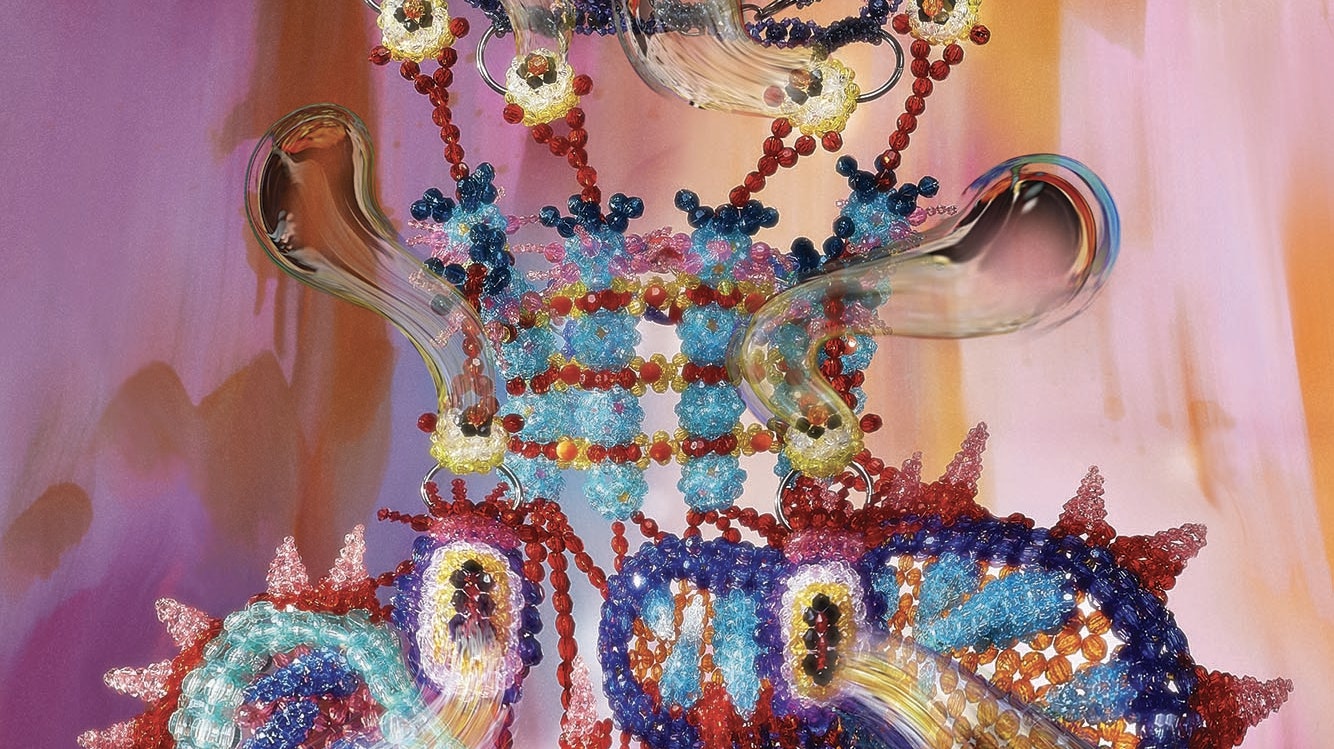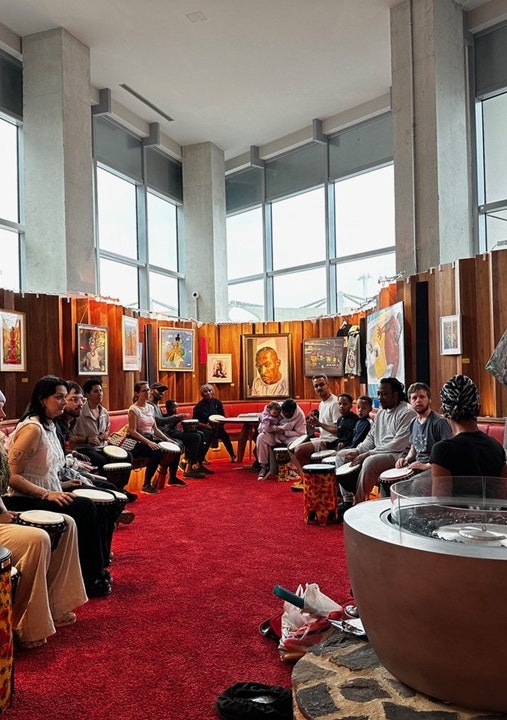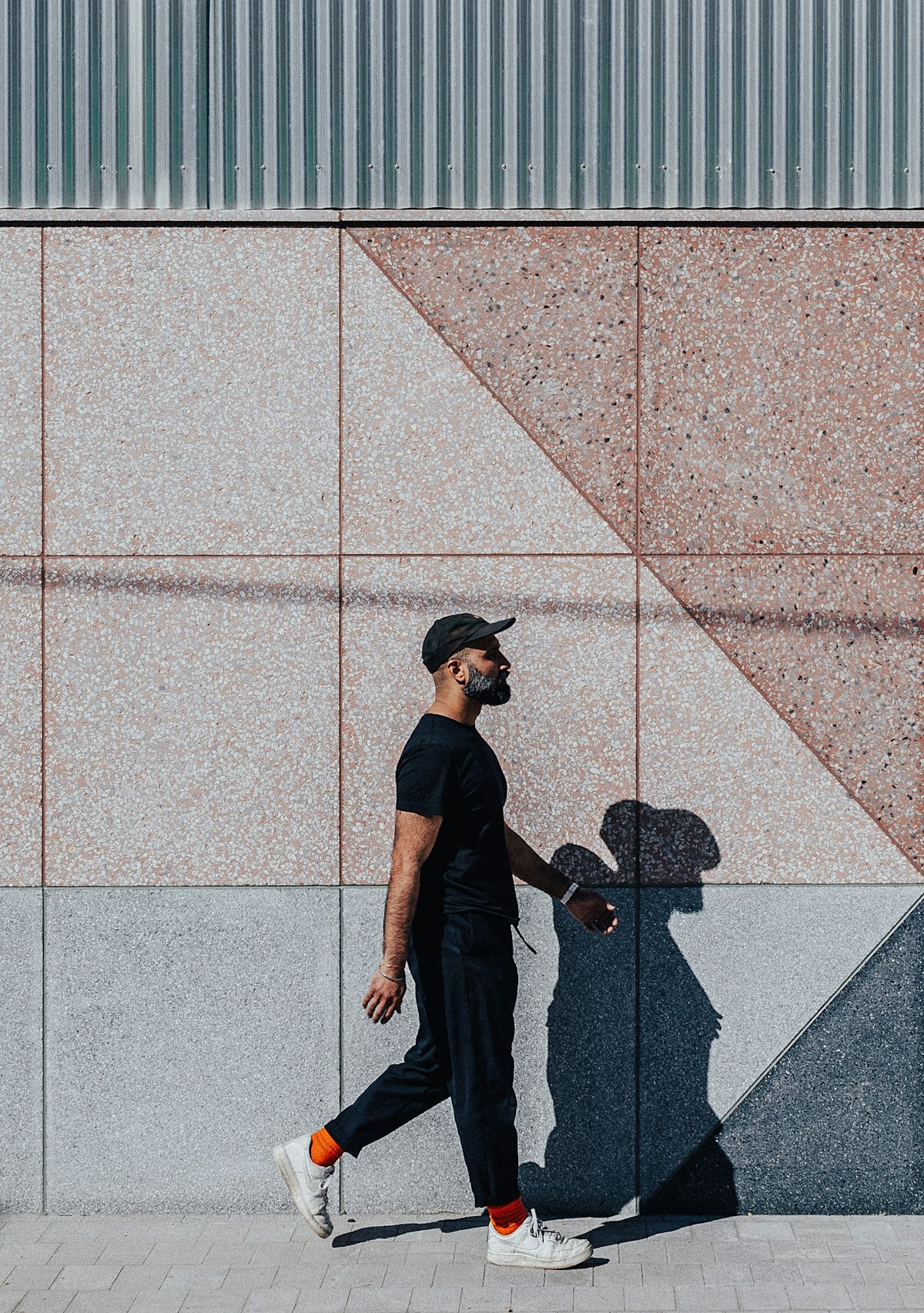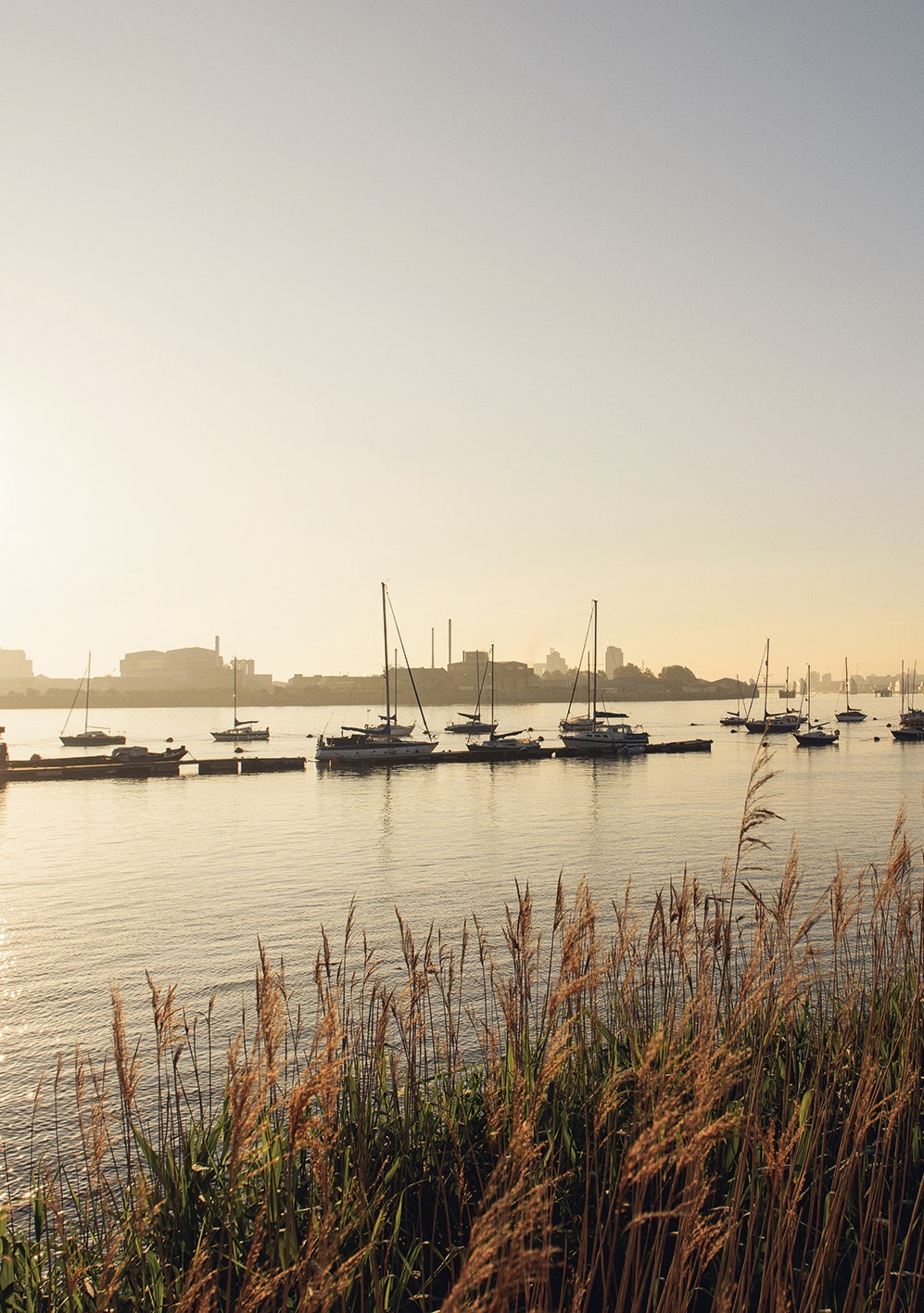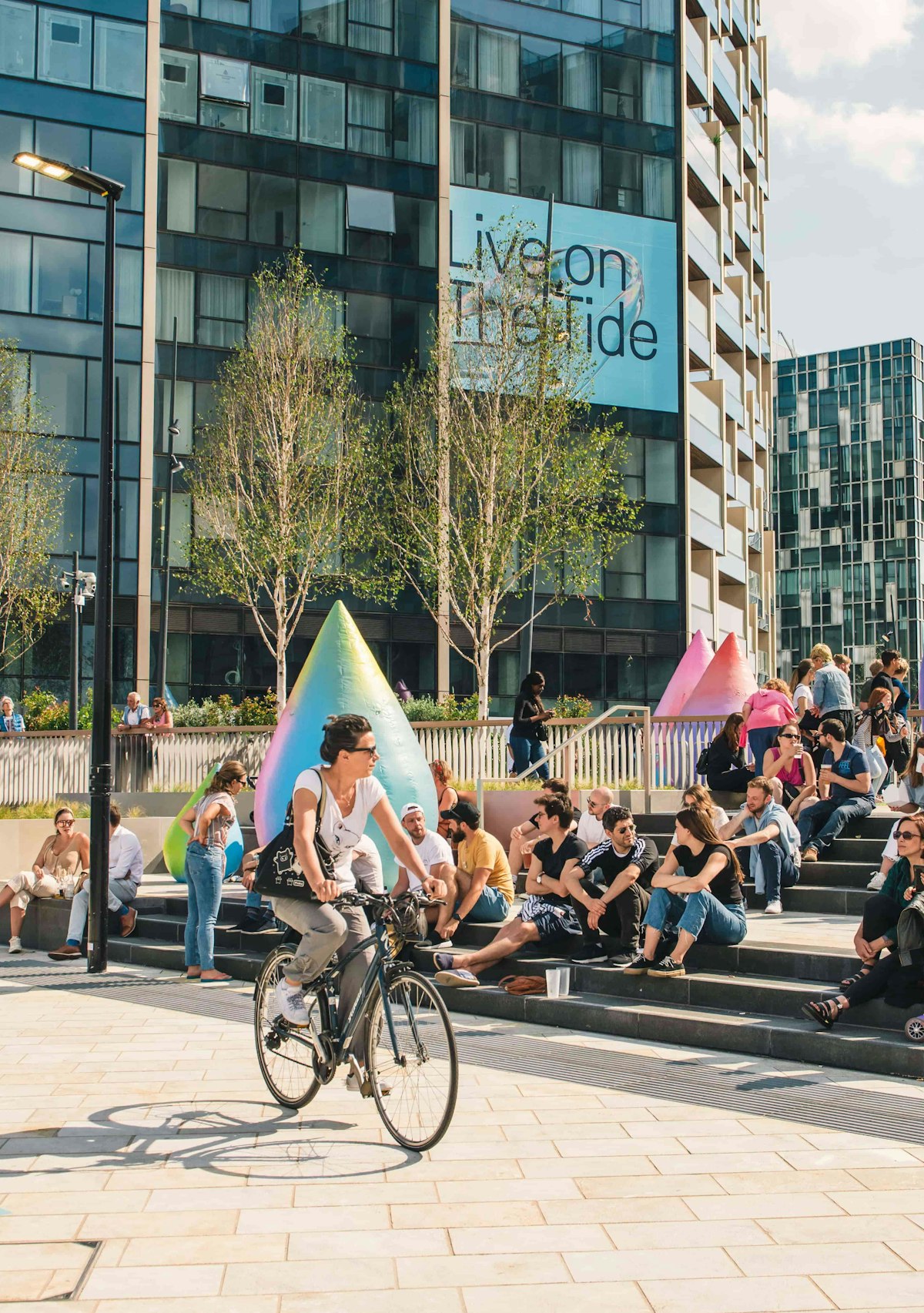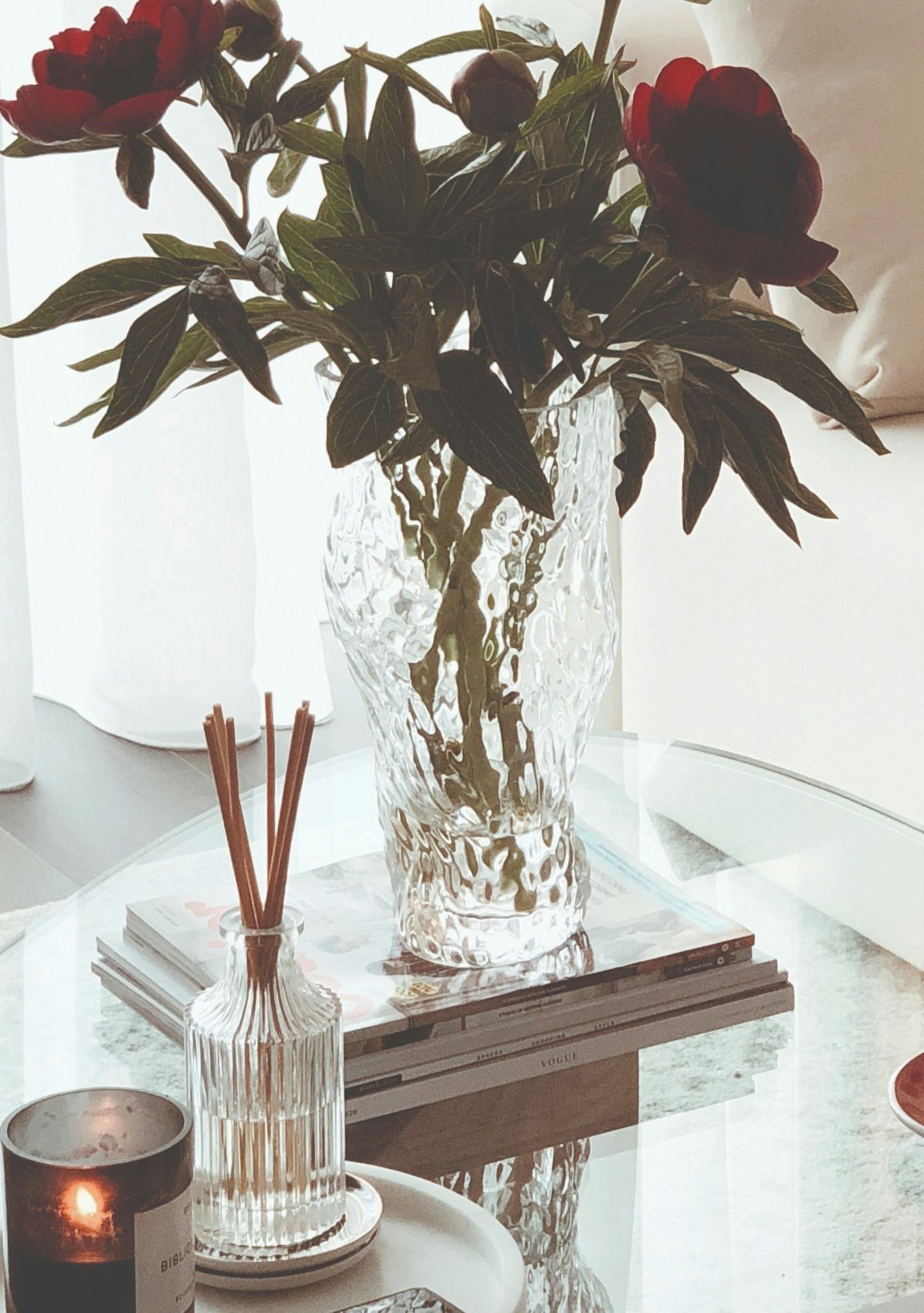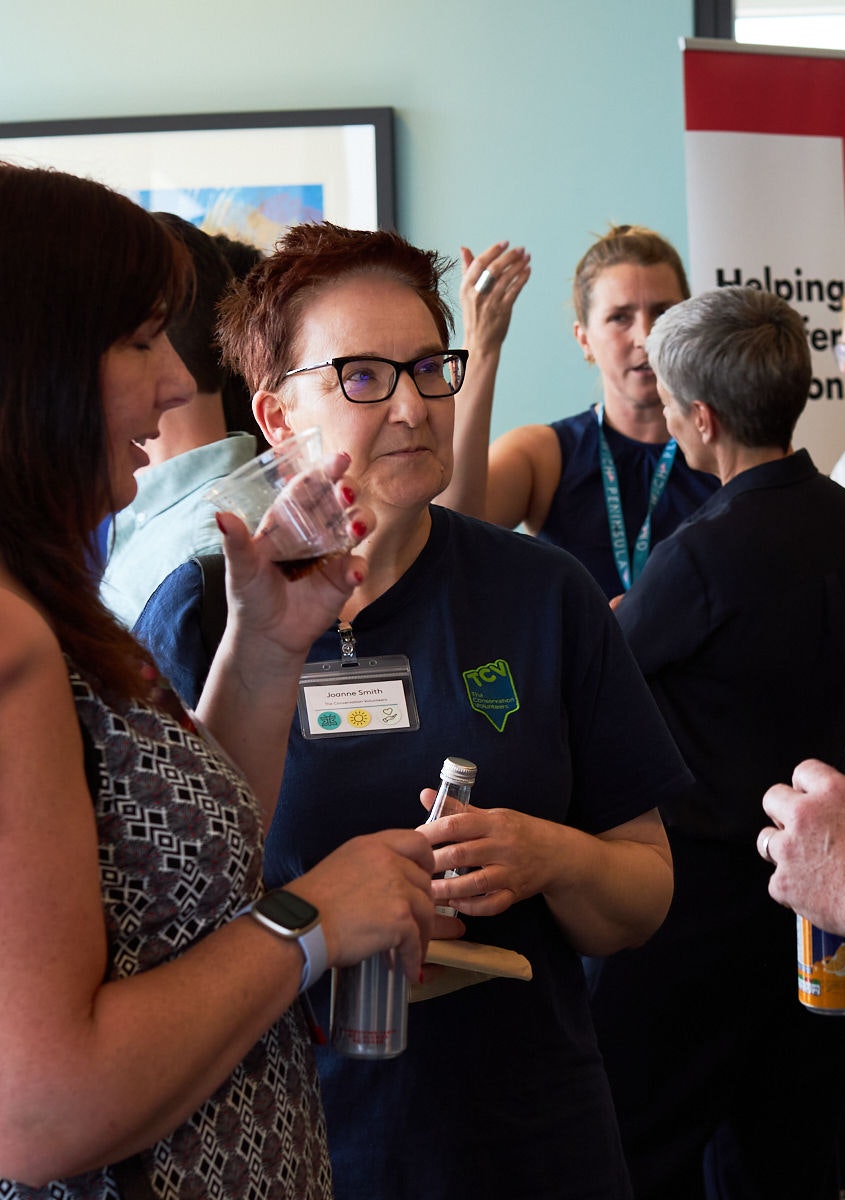
She's Created a Monster
Meet Lydia Chan, the in-demand set designer whose vibrant and playful beaded alien monsters are set to take over NOW Gallery later this year.
Lydia Chan’s Seven Sisters studio is packed. All big windows and paint-splattered floors, it’s an Aladdin’s cave of tools, paint supplies and odds and ends piled high alongside leftovers from her previous work – a giant shoe here, shards of iridescent plastic there, a wall covered in fluffy and cardboard smiley faces. “I keep a lot,” says the 29-year-old Canadian-born, London-based set designer. “I try to repurpose things or strip them for materials. The sad thing about set design is that when people want something, they want it now. And then when they want it gone, they want it gone now – it’s very temporary. You’ve worked so hard, stressed yourself out for weeks leading up to this job; these objects are the most important objects in the whole world [to you]. And suddenly they depreciate to zero value in two seconds. I find that process quite heart-breaking. That’s why I’m a hoarder.”
Chan is the set designer that the fashion and music industry call when they want joyful, playful, gloriously technicolour worlds created for their shoots and videos. To date, she’s worked with Vogue China, The Face, Vivienne Westwood and Adam Lambert among others, all drawn in by her signature more-is-more aesthetic: jaunty, childlike shapes heavily inspired by the diet of Nickelodeon cartoons – Spongebob Squarepants, Fairly Odd Parents – that she grew up on, with a hint of romance thrown in and a Tim Burton-like subversive edge. It’s not just her studio that embodies this more-is-more spirit either. As we speak, she’s wearing an uplifting mix of a tight orange cropped top layered over a skinny, pink tie-dye top with rainbow dip-dye cycling shorts and mismatched leopard-print socks. “Minimalism is so clever,” she says. “I feel like maybe I’m too stupid for minimalism. You have to pick the one object that’s going to carry the entire show and that’s so much pressure. As a maximalist, I feel like it’s about individual objects bearing some kind of weight and then collectively creating a real moment. When you have one small cup, for example, it’s just a cup, but if you have 100 cups, that repetition makes it almost feel like they’re vibrating together to create this incredible experience, and I love that.”
Chan was raised by her mum, a computer salesperson and keen seamstress, and dad, a computer programmer with a flair for woodwork, in a picture-perfect suburb north of Toronto. She’s been creative for as long as she can remember but a career in art wasn’t a given – she got her first degree in interior design but had also been offered a place on a pharmacy course. “There’s a cliché in the art industry where, like, ‘Oh, you’re an artist – you’re bad at math,” she says. “I feel like that’s not true, at least for me. I feel like I’m one foot in the pragmatic side and one foot in like the crazy, chaotic, creative side.”
After graduation, Chan moved to London to study Fashion Communication and Promotion at Central Saint Martins, with an eye on becoming a stylist. She found it hard to connect with her classmates, though – at 23, she already felt like a mature student – so threw herself into the industry in her downtime, assisting stylist Panos Yiapanis (and realising that the day-to-day job was very heavy on sending emails and packing suitcases). Everything really clicked into place thanks to a game-changing gig working with legendary London set designer Gary Card, who mentored and supported her for years as she learned her trade. “I always joke with my friends that he’s my creative soulmate,” she says. Chan found herself at home in the inspiring hustle and bustle of the capital, too. “London is such a creative place,” she says. “At Central Saint Martins, there’s this concept that you have to be really ambitious, you don’t need money, you don’t need anything, you just need to make it happen. And I think that’s sort of the London ethos: we don’t have to have a lot but we can still make something really cool.”
“"I try to repurpose things or strip them for materials. The sad thing about set design is that when people want something, they want it now. And then when they want it gone, they want it gone now – it’s very temporary."”
Chan has been building her solo career and loves the process of dreaming up narratives and universes. Creating in line with someone else’s vision is not without its limitations, though, and she has plans to become more multi-disciplinary, to broaden the scope of her work and bring the making and creating that she does for herself when she’s off-duty into her day-to-day work. “Set design is about creating a context for a person or a thing and I think as an artist you can make whatever: I can make a sculpture, a painting, a digital experience, and it doesn’t have to link to a person or a brand, it’s a standalone thing. Set design isn’t supposed to be the star of the show; we’re like the beautiful leaves on the bouquet, the supporting artist that’s there to enhance the star. As an artist, you can make objects that are the star, which is why I want to move in that direction.”
Her first opportunity will come this winter courtesy of a solo exhibition at the NOW Gallery as its 2021 Design Commission. Chan is planning to conjure a fantastical, plant-filled alien world that riffs on her love of science and science fiction and that centres around the intricate beaded monsters that she’s been making since 2016 – employing a time-consuming technique picked up during a school fad when she was a child (she made herself a beaded monster necklace and became obsessed with creating bigger and more vibrant and elaborate creatures). Their planet is inspired by Chan’s experiences over the past 18 months and the idea of being able to escape lockdown for somewhere far more fun. “For me, science is a lot about the unknown and discovering things,” she says. “When something is unknown, it can be really scary but it’s also an opportunity for your imagination to be like, what if I could time travel? What if I could laser beam somewhere else? I always felt that lockdown was sort of like in Interstellar when they’re stuck in the spaceship for years and they’re getting old. You’re stuck in this artificial world for so long and then you go outside to nature and suddenly it becomes a new sort of a new experience. So I think that’s why I love making all these alien monsters and bright things, because I’m like, what if you could leave lockdown and enter this amazing colourful space where everything is really bubbly and fun and joyful?” She’s looking forward to bringing something to life that so many people can interact with, something with more permanence than those here-today, gone-tomorrow sets that are packing out her studio. And to bringing a little of her colourful world into the rest of our worlds. “You know, life is so dreary,” she says. “Creating something happy is so important.”



